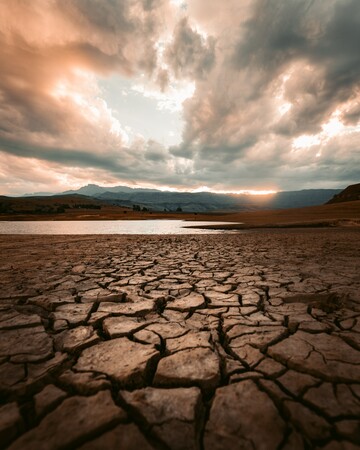What are fossils?

Fossils are the preserved remains of ancient organisms, and they can provide us with clues about the history of life on Earth.

Fossils are the preserved remains of ancient organisms, and they can provide us with clues about the history of life on Earth.
Fossils are the remains of plants and animals that lived long ago. They can be bones, teeth, shells, footprints, or even poop! Fossils can tell us a lot about what life was like on Earth millions of years ago.
When an animal or plant dies, its body is buried in sediment. Over time, the sediment hardens into rock. The hard parts of the animal or plant's body, such as bones or teeth, may be preserved in the rock. The soft parts of the body will decay.
There are two main kinds of fossils: body fossils and trace fossils. Body fossils are the remains of the actual animal or plant. Trace fossils are not the actual remains of the animal or plant, but they show what the animal or plant did. For example, a footprint is a trace fossil.
Fossils can be found all over the world. However, some places are better than others for finding fossils. Places where there used to be oceans or lakes are often good places to find fossils. This is because the sediment that buried the animals or plants was often underwater.
Fossils are important because they tell us about what life was like on Earth millions of years ago. They can tell us what kinds of animals and plants lived here, what they ate, and how they lived. Fossils can also tell us about the climate and environment of the past.
Fossils are amazing things! They can tell us a lot about the past. If you ever find a fossil, be sure to take good care of it. You may have just found a piece of history!
Here are some additional examples of fossils:
- Dinosaur bones: These are some of the most famous fossils. They can tell us a lot about what dinosaurs looked like and how they lived.
- Petrified wood: This is wood that has been turned into rock. It can show us what plants looked like millions of years ago.
- Mold fossils: These are fossils that are made when an animal or plant leaves an impression in the sediment. For example, a dinosaur footprint is a mold fossil.
- Cast fossils: These are fossils that are made when the sediment that surrounds an animal or plant fills in with minerals. The minerals harden and create a cast of the animal or plant.

Fossils are the preserved remains of ancient organisms, and they can provide us with clues about the history of life on Earth.